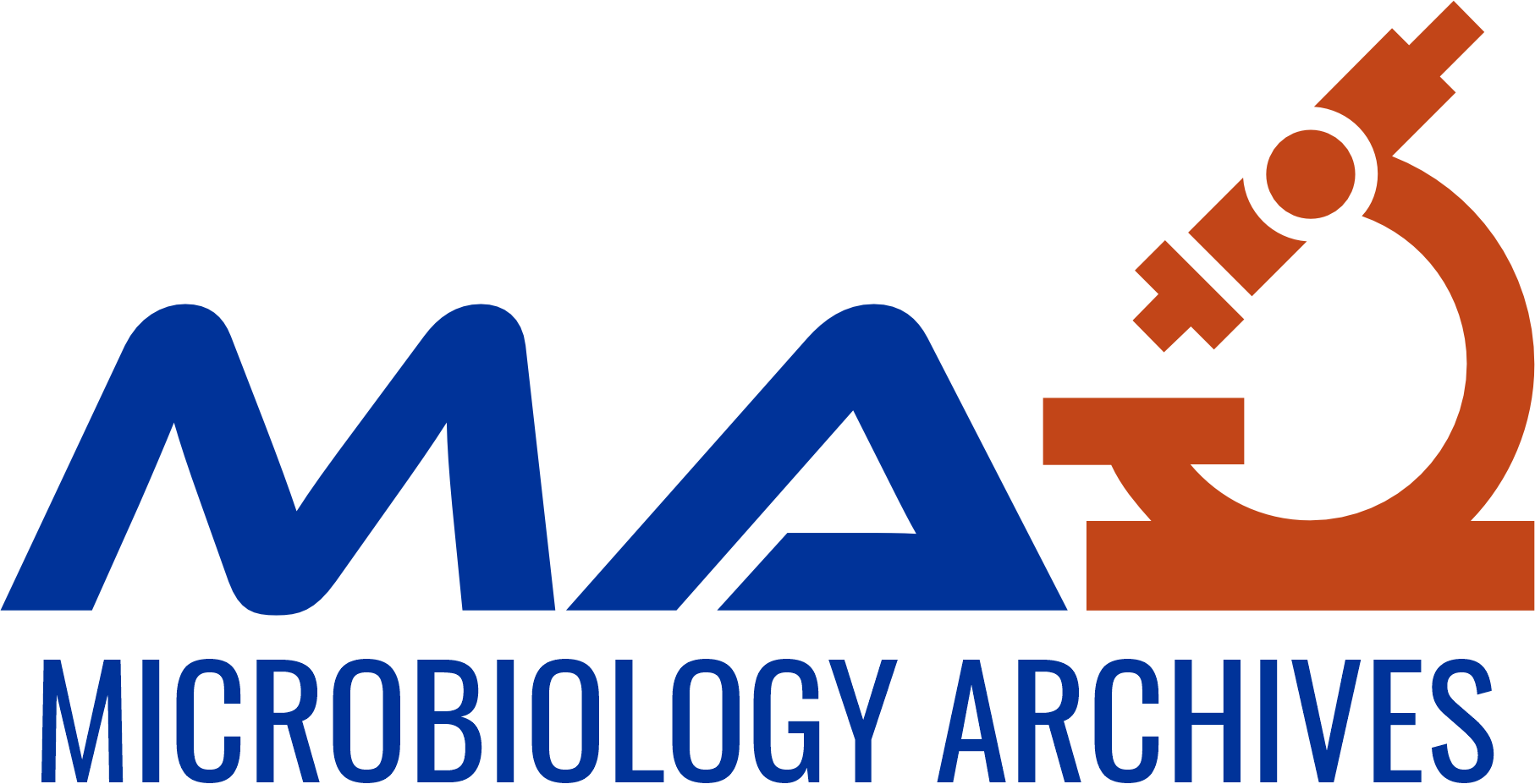Pharmaceutical cocrystals have emerged as a transformative strategy for enhancing the physicochemical properties of active pharmaceutical ingredients (APIs), including solubility, dissolution rate, thermal stability, and mechanical behavior, without altering their molecular integrity. In parallel, microbial systems have demonstrated significant potential in drug development, particularly through biotransformation processes that improve drug selectivity, reduce toxicity, and enhance bioavailability. Recent advances suggest that the integration of microbial technology with cocrystal engineering could offer a synergistic platform for the design of more effective and sustainable drug formulations. This interdisciplinary approach leverages the metabolic diversity of microbes to produce or modify pharmaceutical compounds, which can subsequently be engineered into cocrystals to achieve desired pharmacokinetic and pharmacodynamic profiles. The combination of environmentally benign microbial processes with crystal design principles provides an innovative avenue for tailoring drug properties to meet therapeutic and regulatory demands. This article reviews the current progress in both microbial-assisted drug modification and pharmaceutical cocrystallization and highlights their convergence as a promising frontier in pharmaceutical research. By uniting microbiology, materials science, and pharmaceutical chemistry, this strategy holds significant promise for the development of next-generation pharmaceuticals with improved efficacy, safety, and environmental sustainability
